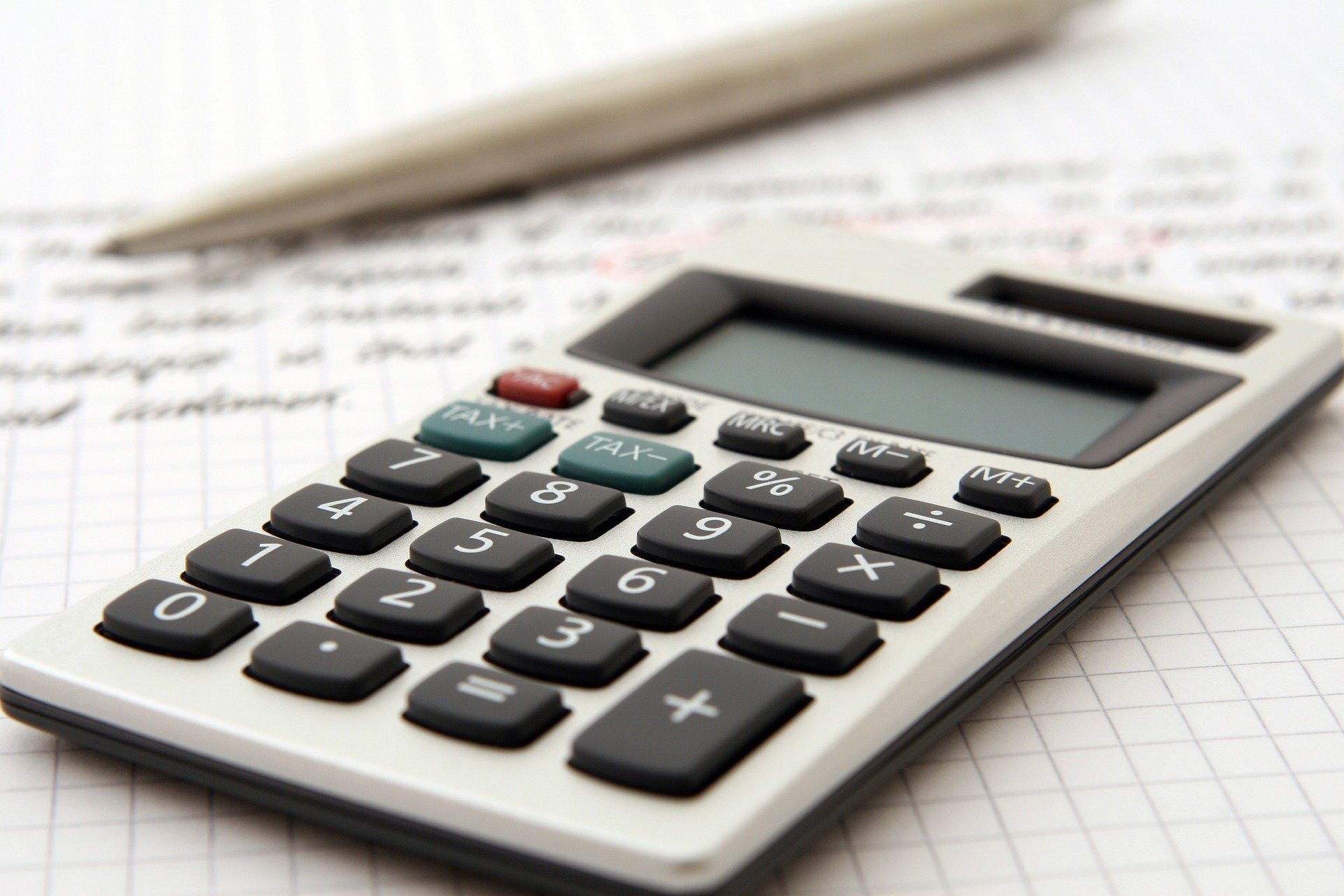
02 Apr How are withheld taxes credited for COVID retirement withdrawals?
Photo: pixabay.comQ. A person took $100,000 from his 401(k) plan due to his wife’s COVID problems and he had had $10,000 withheld for federal tax. He wants to spread the distribution out over three years and has no intention of paying it back. After allocating $33,333 per year on his income, is he permitted to take the $10,000 as a full payment for tax year 2020?
— Confused
A. The CARES Act became law in March 2020. It was meant to help people deal with the fallout from the coronavirus pandemic.
Section 2202 of the act deals with special rules for retirement plans such as 401(k) plans and IRAs.
The CARES Act provides for expanded distribution options and favorable tax treatment for up to $100,000 of coronavirus-related distributions from eligible retirement plans — certain employer retirement plans, such as section 401(k) and 403(b) plans, and IRAs — to qualified individuals, as well as special rollover rules with respect to such distributions, said Bernie Kiely, a certified financial planner and certified public accountant with Kiely Capital Management in Morristown.
It also increases the limit on the amount a qualified individual may borrow from an eligible retirement plan (not including an IRA) and permits a plan sponsor to provide qualified individuals up to an additional year to repay their plan loans, he said.
You are a qualified individual if:
· You are diagnosed with the virus SARS-CoV-2 or with coronavirus disease 2019 (COVID-19) by a test approved by the Centers for Disease Control and Prevention;
· Your spouse or dependent is diagnosed with SARS-CoV-2 or with COVID-19 by a test approved by the Centers for Disease Control and Prevention;
· You experience adverse financial consequences as a result of being quarantined, being furloughed or laid off, or having work hours reduced due to SARS-CoV-2 or COVID-19;
· You experience adverse financial consequences as a result of being unable to work due to lack of child care due to SARS-CoV-2 or COVID-19; or
· You experience adverse financial consequences as a result of closing or reducing hours of a business that you own or operate due to SARS-CoV-2 or COVID-19.
Kiely said if you are a qualified individual, you can withdraw from your IRAs and 401(k) plans an aggregate of $100,000 from these plans. You will not be subject to the 10% early withdrawal penalty.
The act allows you to include your withdrawals ratably over a three-year period, he said. Additionally, you may repay all or part of the withdrawal at any time within the three-year period beginning on the day you made the withdrawal, he said.
You said you have no intention of returning any of the $100,000 to the retirement account. And you said you had 10% or $10,000 withheld from the distribution. For reference, the 10% tax bracket for a couple filing jointly is from zero to $19,750 in taxable income, he said.
“You cannot spread your withholding out over the three-year period in which you report your $100,000 distribution,” he said. “If, when you file your 2020 income tax return, you can apply any potential tax refund to 2021 and 2022 if your refund is large enough. If your 2020 withholdings are used up in 2020, you would be required to make estimated tax payments or else you would be subject to an underpayment penalty.”
Email your questions to Ask@NJMoneyHelp.com.
This story was originally published on April 2, 2021.
NJMoneyHelp.com presents certain general financial planning principles and advice, but should never be viewed as a substitute for obtaining advice from a personal professional advisor who understands your unique individual circumstances.

